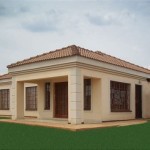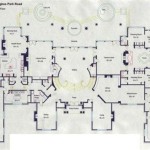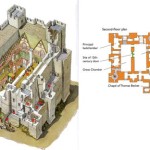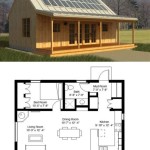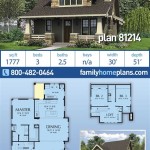Essential Aspects of Asian Style House Plans
Asian-style architecture encompasses a diverse range of styles from different regions, each with its own unique characteristics. However, there are certain essential aspects that define the essence of Asian style house plans.
1. Emphasis on Nature: Asian-style houses strive to harmonize with their surroundings and create a sense of tranquility. Natural elements such as wood, stone, and water are often incorporated into the design, blurring the boundaries between indoors and outdoors.
2. Open and Flowing Spaces: Interior spaces are designed to be open and connected, creating a sense of flow. Sliding doors and screens allow for natural ventilation and create a seamless transition between different rooms and the outdoors.
3. Use of Traditional Materials: Traditional materials such as bamboo, rice paper, and tatami mats are commonly used in Asian-style houses. These materials add warmth, texture, and authenticity to the design.
4. Asymmetrical Layouts: Asymmetry is a prominent feature in Asian-style architecture. Instead of rigid symmetry, houses are often designed with varying rooflines, windows, and floor plans, creating a sense of visual interest.
5. Overhanging Roofs: Large, overhanging roofs are a distinctive characteristic of Asian-style houses. They provide shade, protection from the elements, and a sense of architectural drama.
6. Zen Influence: The principles of Zen Buddhism have a significant influence on Asian-style architecture. Spaces are designed to promote tranquility, simplicity, and a connection to nature.
7. Courtyards and Gardens: Courtyards and gardens are often integral components of Asian-style house plans. They provide secluded outdoor spaces for relaxation, contemplation, and connection with nature.
8. Regional Variations: While certain essential aspects are common to Asian-style house plans, there is also a wide range of regional variations. Japanese-style houses, for example, are characterized by their simple lines, natural materials, and sliding shoji screens, while Chinese-style houses typically incorporate courtyards, tiled roofs, and ornamental details.
Incorporating these essential aspects into your house plan can create a harmonious, inviting, and aesthetically pleasing living space that reflects the timeless elegance of Asian architecture.

Asian Influence Bungalow The Orient 1923 Standard Homes Company Home Plans From 1920s

C1918 Stillwell Representative Homes No R 820 Wow An Asian Style Bungalow Craftsman House Plans Vintage Home Design Floor

Plan No L 115 E W Stillwell Co Craftsman Style With Asian Influence Bungalow House Plans Vintage

Luxury Asian Home Floor Plan Interior Design Ideas

49 Asian House Ideas Plans Duplex

Traditional Japanese House Plans Architecture Style

Japanese House Plans Unique Designs With An Asian Taste

41 Asian Style Homes Exterior And Interior Examples Ideas Photos

41 Asian Style Homes Exterior And Interior Examples Ideas Photos

41 Asian Style Homes Exterior And Interior Examples Ideas Photos

